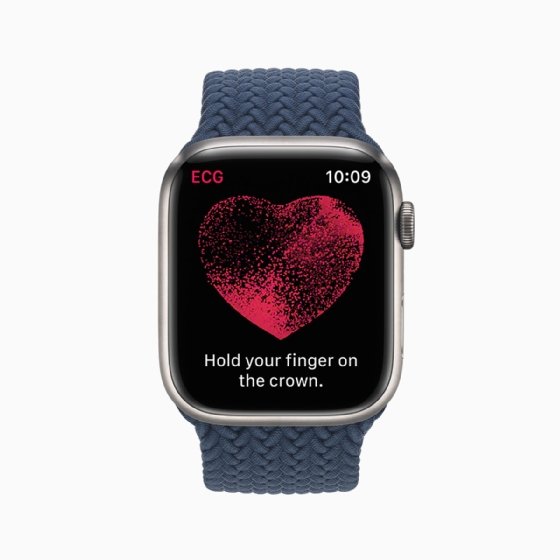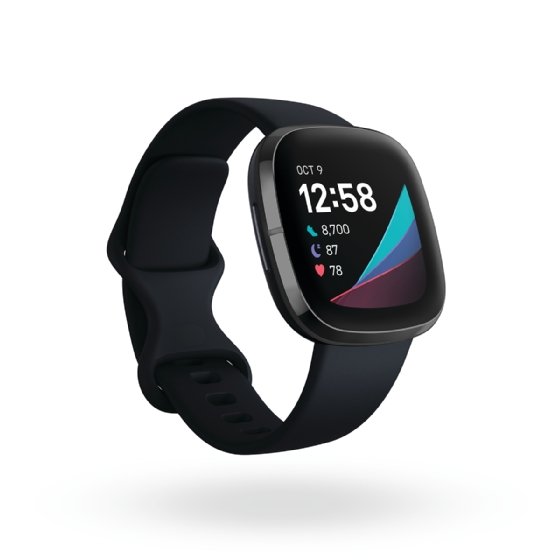
Are smart watches becoming more popular?
What is a smartwatch?

A smartwatch is a wrist-worn computer designed to look like a traditional watch. Many modern smartwatches have Bluetooth connectivity in addition to telling time. When paired with a smartphone, the watch acts as a wireless Bluetooth adapter, bringing the smartphone’s functionality to the wearer’s wrist. The watch’s interface can be used to make and receive calls from the wearer’s mobile phone, check email and text messages, check the weather, read news headlines, play music, write emails, and ask questions of a digital assistant. Not all smartwatches serve the same general function. Some smartwatches, for instance, monitor vital signs like heart rate to provide information about the wearer’s health. Some give the wearer access to GPS data, which can be used to obtain instructions while on foot or in a vehicle.
What features do smartwatches offer?

Smartwatches offer many features. Among them are the following:
- Measurements of vital signs like heart rate, blood oxygen saturation, blood pressure, and body temperature;
- Software for use with digital wallets and contactless payment systems;
- Communication functions akin to those of a smart phone, including texting and phoning;
- When the watch senses the wearer has fallen, it immediately sends out an emergency call for help;
- Notifications from synced social networking and other smartphone apps;
- Recreations such video games, musical compositions, photographic works, and other forms of diversion;
- Tools for determining one’s physical location, such as a map, compass, and altimeter.
- GPS tracking.
The majority of modern smartwatches are made to sync with the wearer’s smartphone. The smartwatch can sync with your phone and share some of its features. The Apple Watch can only be used in conjunction with an iPhone.
Different types of “smartwatches” are built to do different things. For example, first responders can utilise a smartwatch app to get messages from dispatch. Pilots in the United States Air Force utilise smartwatches with GPS and other satellite navigation features.

Types of smartwatches
There are several multifunctional smartwatches available today. To give just a few examples:
- Apple Watch is Apple’s general-purpose smartwatch.
- Wear OS watches are available from multiple vendors that design and sell watches using Google’s Wear operating system (OS).
- Tizen watches use Samsung’s proprietary smartwatch OS.

You can choose from a variety of smartwatches designed for various purposes, such as:
- Hiking and climbing. Drops, dust, and water are no match for the sturdy construction of these timepieces. Also, they take vital signs and do weather forecasting.
- Diving. The depth, remaining time, and temperature are just some of the useful information provided by these water-resistant timepieces for scuba divers.
- Aviation. These timepieces are designed specifically for pilots, and they have logbooks, GPS-powered maps, and weather tracking.
- Visual assistance. Users of Braille watches can tell time and receive alerts much like those with normal watches.
Top smartwatch products

The following are some examples of prominent smartwatches:
- Apple Watch SE is a less expensive Apple Watch model.
- Apple Watch Series 7 is a general-purpose smartwatch with a QWERTY keyboard and large display.
- Fitbit Sense includes a comprehensive set of health and wellness features.
- Fitbit Versa 3 comes with custom training programs, sleep analysis and a fitness tracker.
- Garmin D2 Delta PX is a high-end, general-purpose watch with GPS flight navigation for aviators and health tracking features.
- Garmin Descent Mk2 Series is a specialty diving watch with Bluetooth.
- Garmin Vivoactive 4 has GPS, a built-in sports app, fitness tracking and contactless payment features.
- Mobvoi TicWatch Pro 3 is a general-purpose smartwatch with 1 gigabyte of random access memory and sleep, heart rate and fitness tracking.
- Motorola Moto 360 is a fitness tracking watch that is waterproof to 30 meters.
- Samsung Galaxy Watch4 is a general-purpose, Android-compatible smart digital watch with a rotating bezel.
- Suunto 9 Baro is a specialty hiking and outdoor sports watch.

History of smartwatches
The first smartwatches appeared in the early 1970s. In 1972, Hamilton introduced the world to one of the very first digital timepieces, the Pulsar. This is the moment in time when computing power shrank to the point where it could be housed in a watch. The Calcron calculator watch was another pioneering early digital timepiece, notable for its nine-digit display.
Seiko’s Data 2000 watch, released in 1983, was another forerunner to the modern smartwatch. It included a keyboard that could be attached to the watch so that it could be used to type memos, and it could store two memos of up to 1,000 characters each.
A model called the Seiko RC 1000 debuted that year, 1984. It was able to link up with a computer. Seiko introduced their pager-compatible Receptor MessageWatch in 1990. Battery life and data storage complexity for wearable computers increased steadily during the 1990s.
Microsoft’s Smart Personal Objects Technology was used as the foundation for some of the earliest smartwatches (SPOT). In 2004, Fossil and Suunto released the first SPOT watches to the market. By employing frequency modulation transmitters, the watches may receive information such as headlines, weather forecasts, market prices, emails, and instant messages.
The 2010s saw the rise of the smartwatch. In 2013, popular ones like the Apple Watch emerged as a player in the portable computer industry. Google developed Android Wear, a mobile OS, in 2014.
Future of smartwatches

Smartwatches have come a long way in the past 50 years. They can now monitor an individual’s movements, record extensive information about that individual, and transfer that information to a remote server.
The collection and analysis of biometric data is an area where several smartwatch makers are concentrating their efforts. Various fitness metrics, including daily step count and muscle mass percentage, can be tracked by a smartwatch. They are also capable of detecting and monitoring for any health issues. The smartwatch industry is constantly looking for new methods to include health-related technologies.
Increases in the prevalence of conditions requiring ongoing medical attention have contributed to the sector’s current prominence. There is a lot of utility in smartwatches for this purpose. In addition, smartwatches are helpful for determining whether or not a person has been exposed to COVID-19 and for tracking down potential contacts thanks to its GPS, health, and mobility functions.